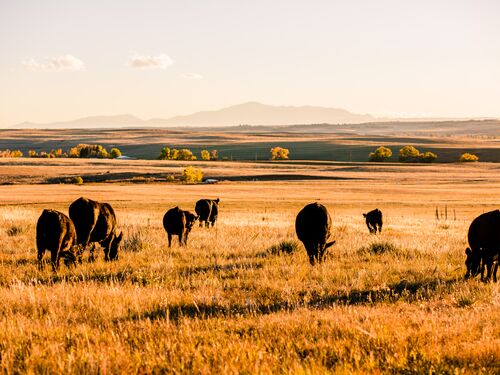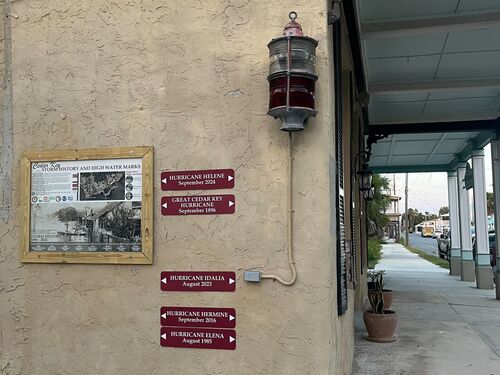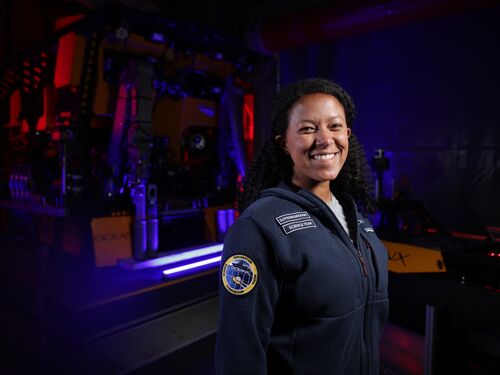International Day for the Right to Truth concerning Gross Human Rights Violations and for the Dignity of Victims
Program News
Last update March 24, 2019
"Everyone has the right to life, liberty, and security of the person." – Article 3, Universal Declaration of Human Rights
Science in Support of Truth: Q&A with Mercedes Doretti
CHR: We're spotlighting your work on the International Day for the Right to Truth concerning Gross Human Rights Violations and for the Dignity of Victims. In what ways do you see the work that you and your colleagues at the EAAF do as promoting human rights?
MD: The need to locate the remains of and find out what has happened to a loved one in itself demonstrates an inherent denial of human rights. Our team promotes the rights to truth and justice in particular, as the evidence we collect can be used to identify the remains of a victim and to determine their cause and manner of death. This allows the victim's family to know what happened to their loved one, and allows for access to justice, as the physical evidence can be used within legal frameworks to hold perpetrators accountable.
CHR: In your experience, what does knowing the truth of what has happened to their loved one do for a family?
MD: The suffering for most families with whom we come into contact is centered around the uncertainty of what has happened to their loved one. This has been expressed everywhere we work, regardless of the family's country, culture, religion, etc. I have been told by many families that they can accept that their loved one is no longer alive, but they cannot live with uncertainty about whether they are dead or alive. While our work does not necessarily provide closure to these families, identifying their loved one's remains does provide them with some relief. It allows families to hold funerals and to have a place to visit their loved ones' remains. It also allows families to reconnect with other aspects of their lives. Many express that they cannot enjoy their own lives while their loved one is missing due to feelings of sadness and intense guilt if they stop searching – learning what has happened to their missing relative often allows families to focus on areas of their lives that they neglected while searching for their loved one.
MD: The ability to extract DNA from bones has completely changed the game. This was not possible when I began doing this work in Argentina – attempts were being made, but without much success. In many of our cases, a great deal of time passes between when the event occurred and when we are able to access the remains. This makes it difficult to use fingerprints or other similar methods to identify the remains. Also, due to the victim's age or economic circumstances, there are often no dental or medical records available for comparison. We first used DNA extracted from bones in 1991 with the pro-bono work of US and UK labs, and our organization now has its own lab specializing in extracting DNA from highly degraded samples. Having the ability to extract DNA from bones has substantially increased the odds that we are able to identify a victim.
CHR: What scientific areas need additional research to advance your human rights work?
MD: Further exploration into the use of geophysics and other geosciences to identify the location of clandestine graves would significantly aid our work. While there have been great advancements made in this area over the past 5-10 years, we still need to maximize these and other methods to help us locate clandestinely buried remains.
CHR: You have dedicated your career to using science to promote human rights. How can other scientists, engineers, and health professionals lend their expertise to secure justice and truth for victims of gross human rights violations?
MD: Human rights organizations, such as Amnesty International and Human Rights Watch, are becoming much more technical and multidisciplinary in their work. These organizations are extending their work into a variety of fields, ranging from geospatial imagery and multispectral analysis to digital platforms and data analysis, among others, and they can always benefit from assistance from experts in those disciplines. Similarly, there are human rights lawyers who could benefit from advice on how to introduce new scientific evidence in court. Volunteering your time and knowledge to these individuals and/or organizations is a great way to get involved.



